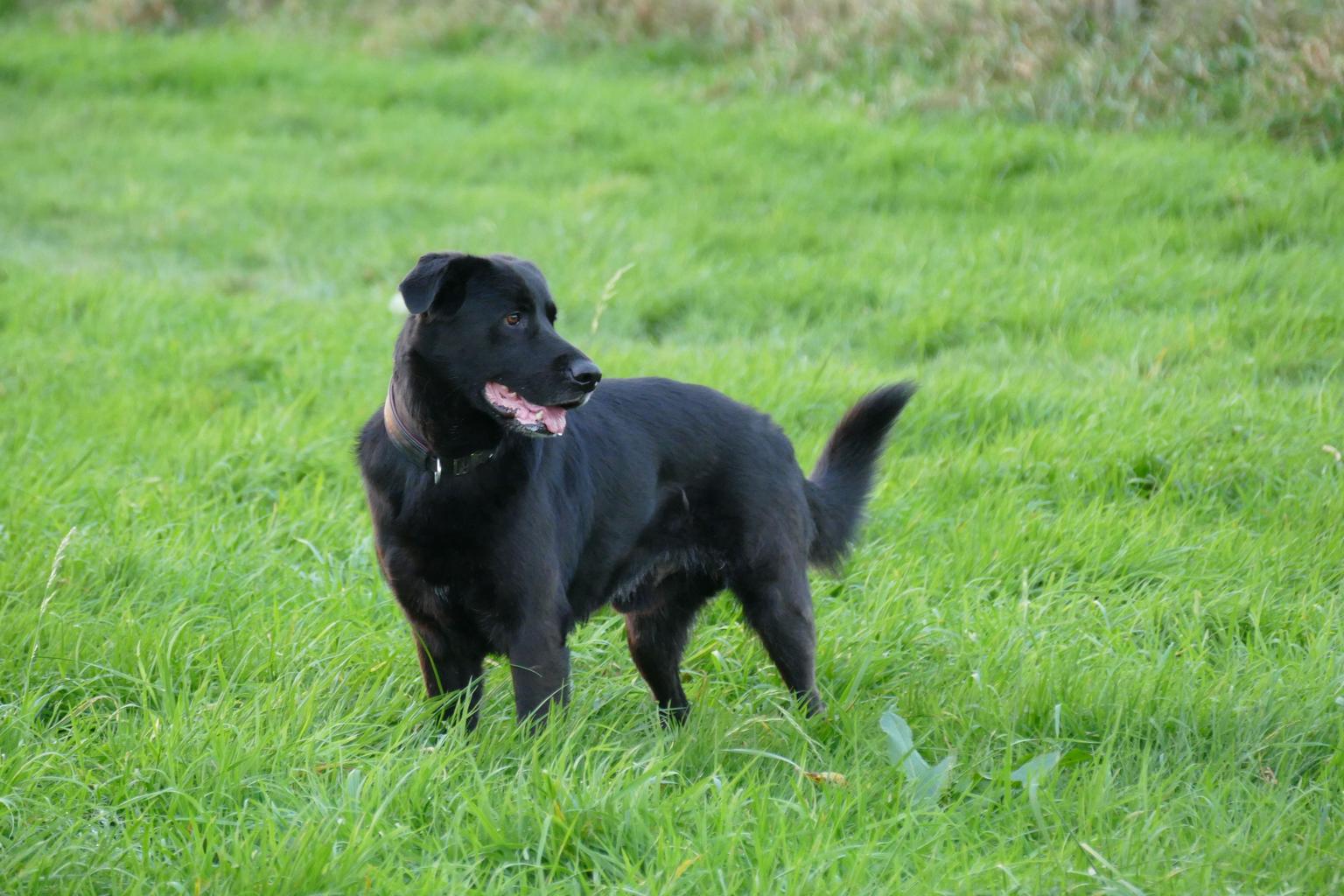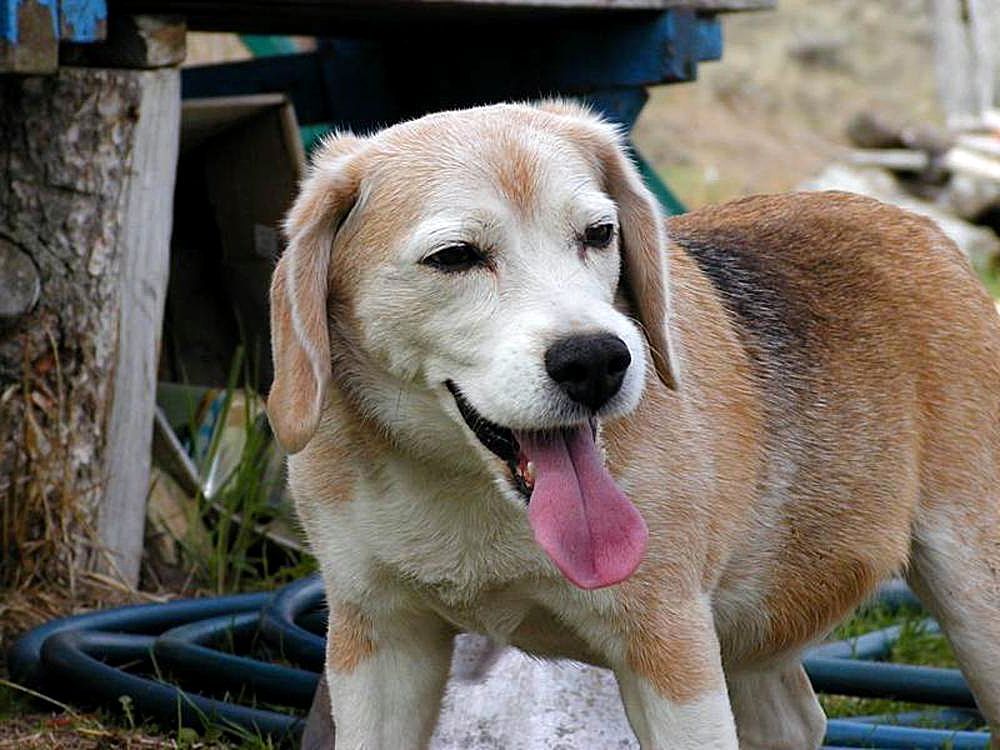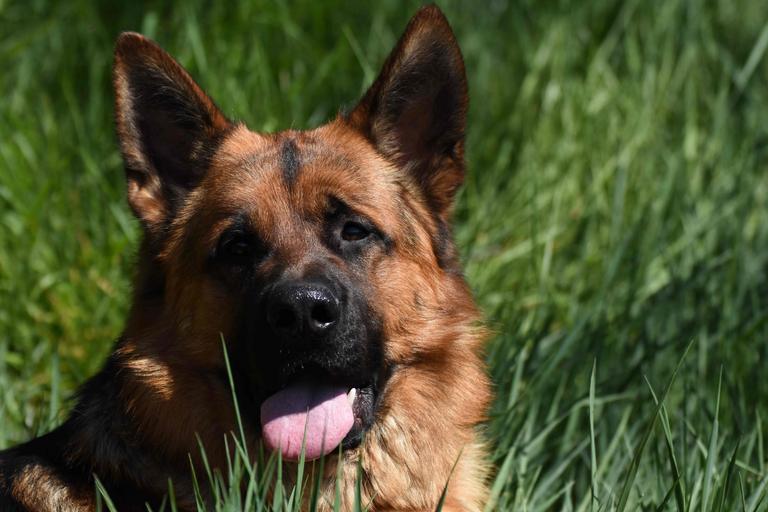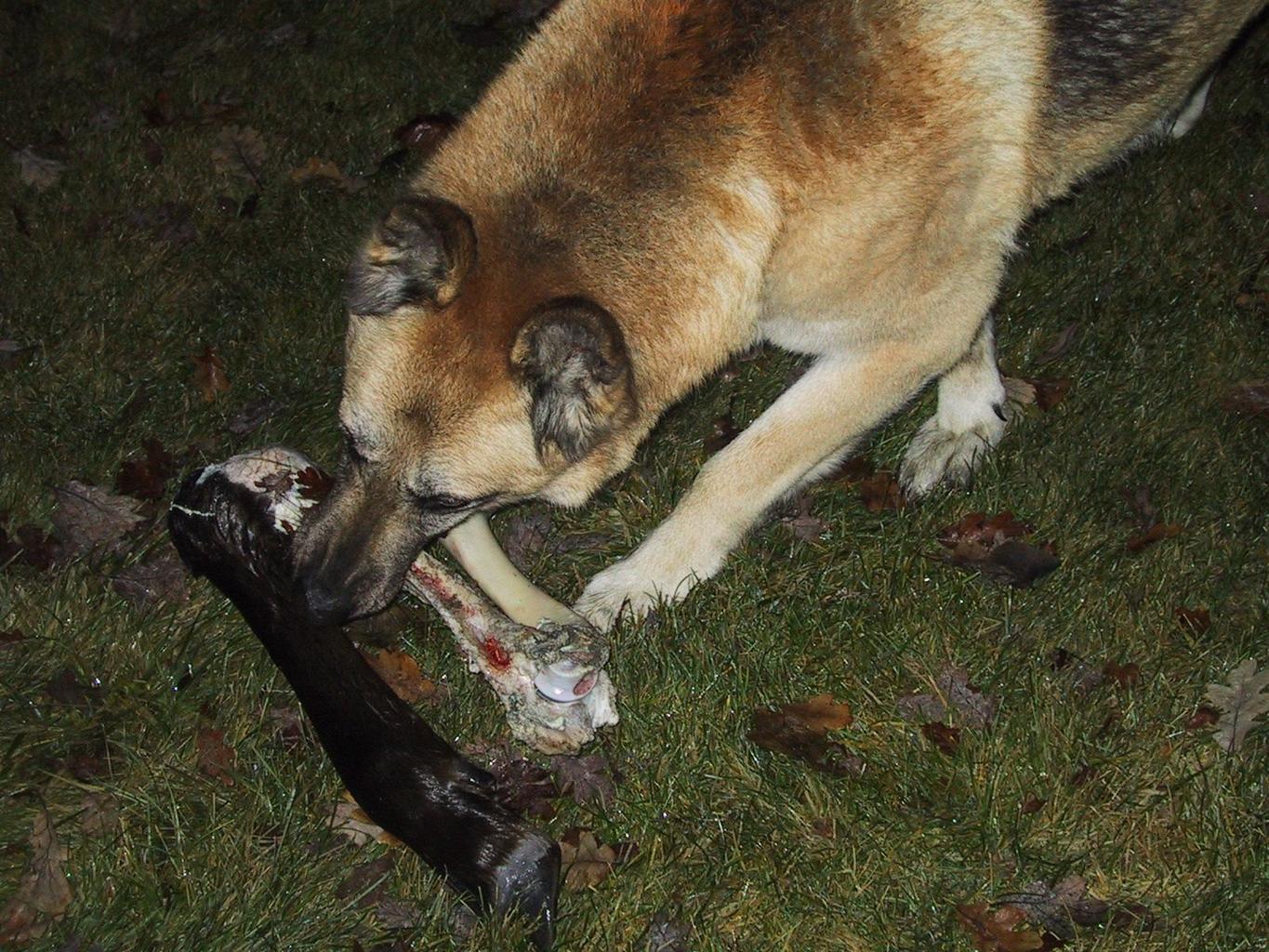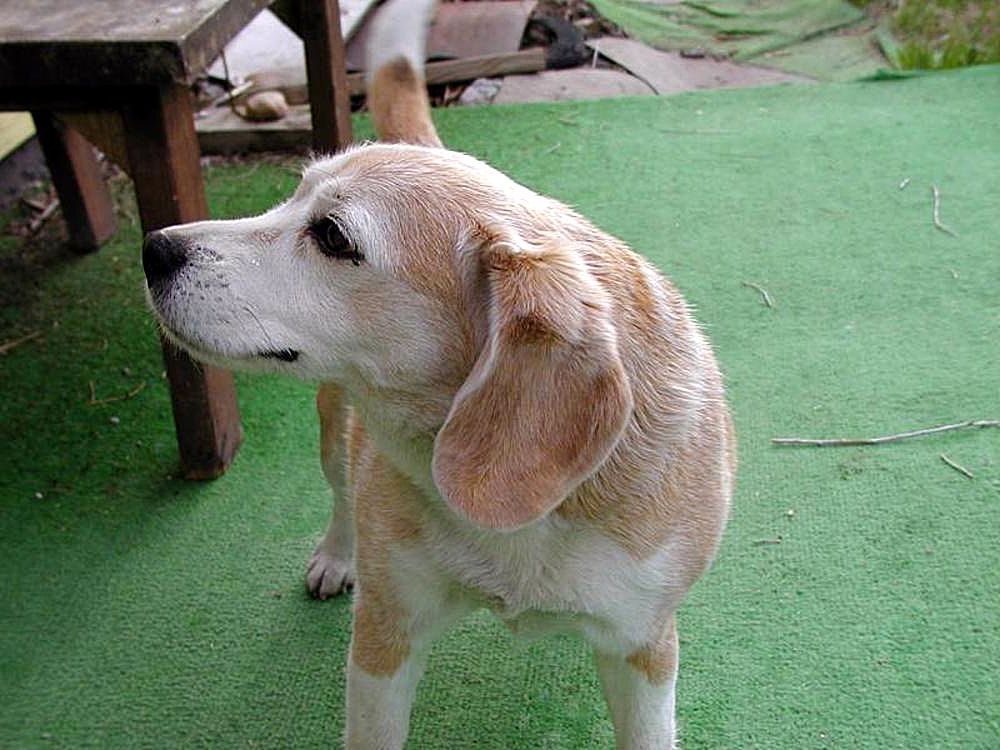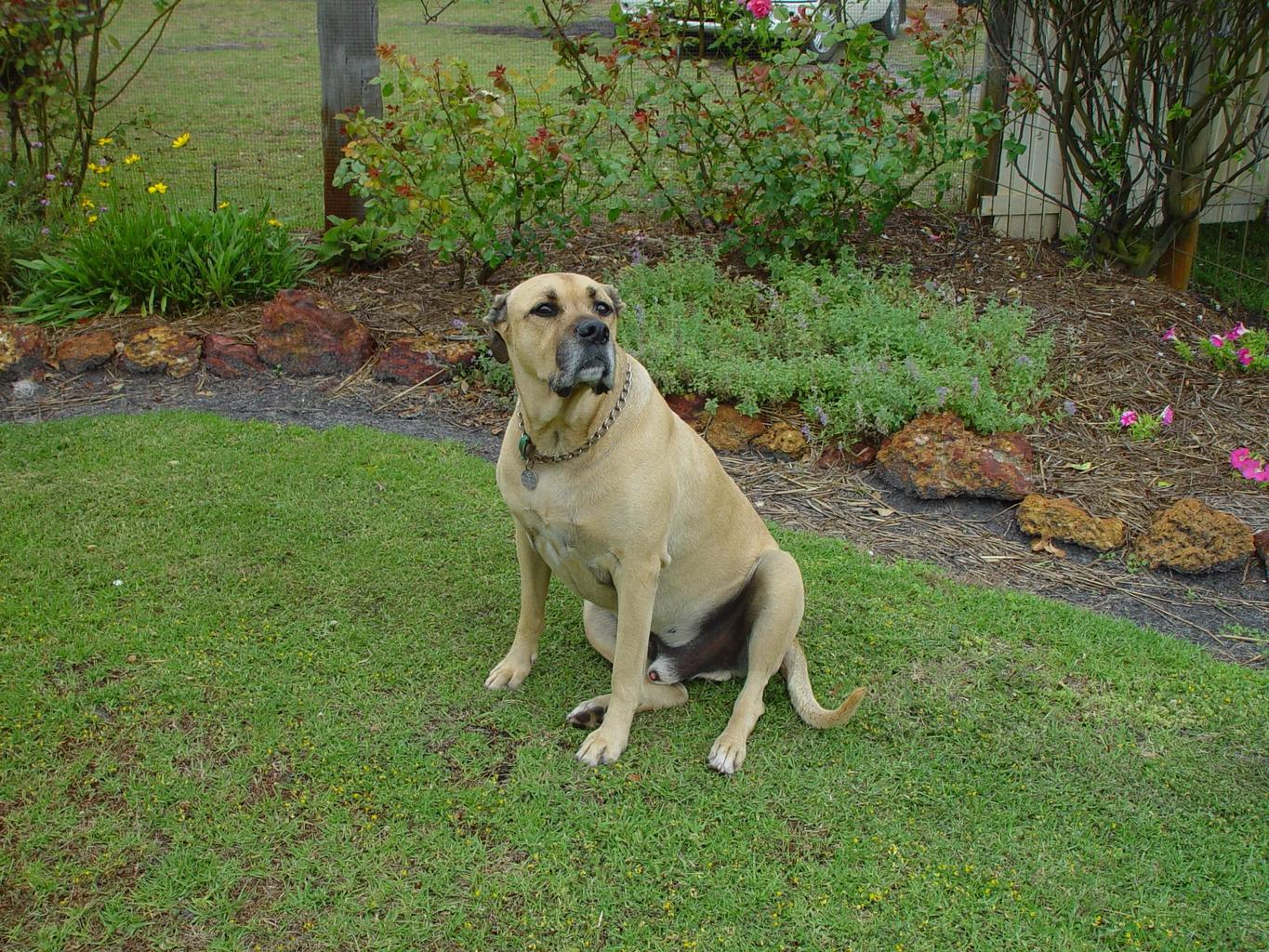Dogs are known for their loyalty and endless love for their owners. However, training them can be a challenging task, especially for kids. But don’t worry, with the right techniques and a bit of practice, kids can unleash the fun in dog training. Here are some tips that can help kids not only train their dogs but also create a strong bond with them.
Bark Up the Right Tree: Dog Training Tips for Kids!
Start with Basic Commands
The first step in dog training is to start with basic commands such as "sit," "stay," and "come." These commands are not only easy but also essential for building a foundation for more advanced training. Kids can use treats to motivate their dogs and reinforce positive behavior. Remember to use positive reinforcement, such as praising the dog, and avoid punishment, as it can cause anxiety and stress in dogs.
Be Consistent
Consistency is key when it comes to dog training. Kids should use the same commands and reward system every time they train their dogs. This helps the dogs understand what is expected of them and makes learning easier. Kids should also train their dogs in a quiet and distraction-free environment to ensure that the dogs are focused and attentive.
Make it Fun
Dog training can be a fun activity for both kids and dogs. Kids can incorporate games such as hide-and-seek or fetch into their training sessions to make it more enjoyable. Additionally, involving the whole family in dog training can create a sense of teamwork and strengthen the bond between the family and the dog.
Pawsome Fun for Kids and Canines: Unleashing Training Tips!
Teach Tricks
After mastering the basic commands, kids can move on to teaching their dogs tricks such as shaking hands or rolling over. Tricks not only impress family and friends but also boost the dog’s confidence and mental stimulation. Again, using positive reinforcement and treats can make learning more fun and rewarding for the dogs.
Socialize Your Dog
Socializing is an important aspect of dog training. Dogs that are socialized from a young age are more likely to be well-behaved and friendly towards other people and animals. Kids can take their dogs to parks or dog-friendly areas to meet other dogs and people. This not only helps the dogs learn how to interact with others but also provides them with exercise and mental stimulation.
Be Patient
Lastly, patience is essential when it comes to dog training. Dogs, like humans, have different learning abilities and temperaments. Kids should be patient and understanding when their dogs make mistakes or take longer to learn. Consistency and positive reinforcement will eventually lead to success.
In conclusion, dog training can be a fun and rewarding experience for both kids and dogs. By following these tips, kids can train their dogs while creating a strong bond and a sense of teamwork with their furry friends. With patience, consistency, and positive reinforcement, kids can unleash the fun in dog training!
